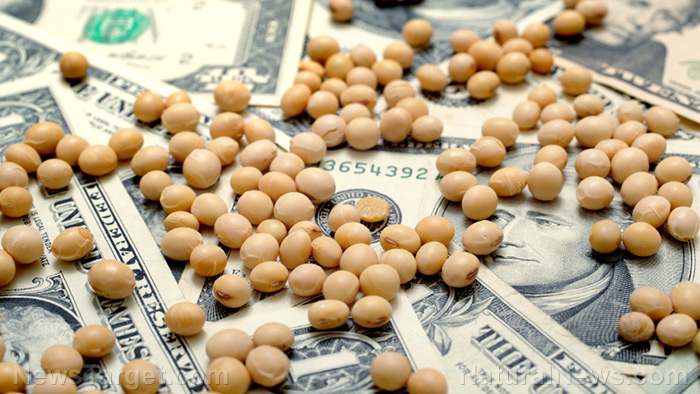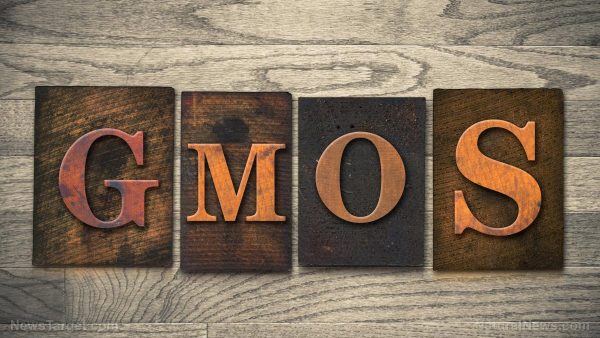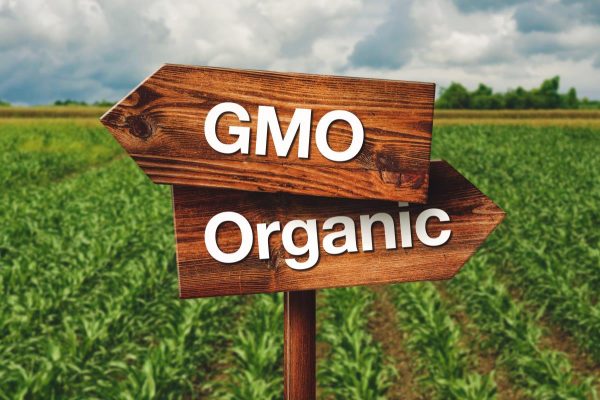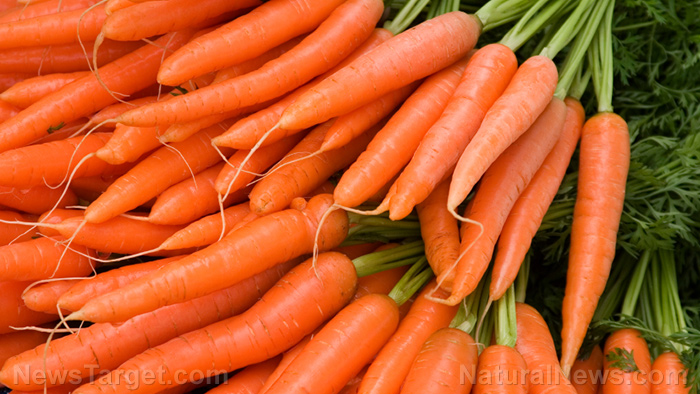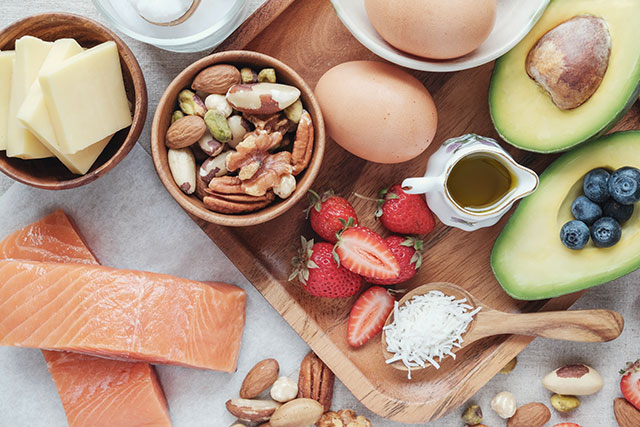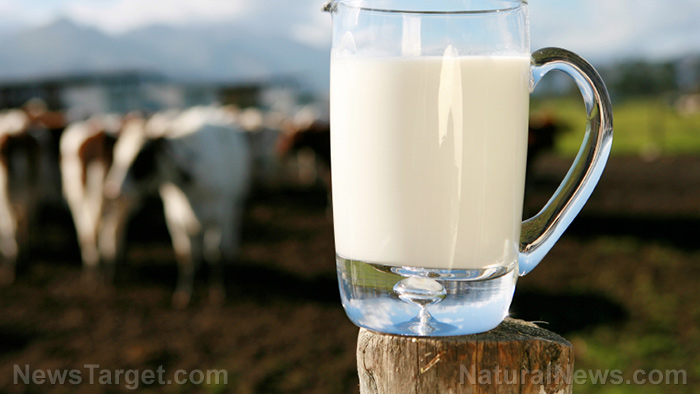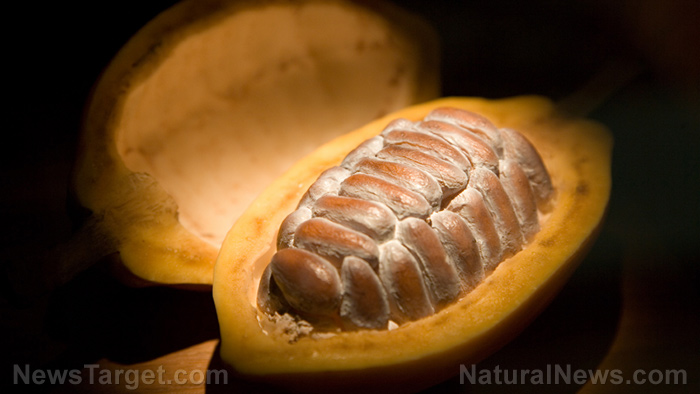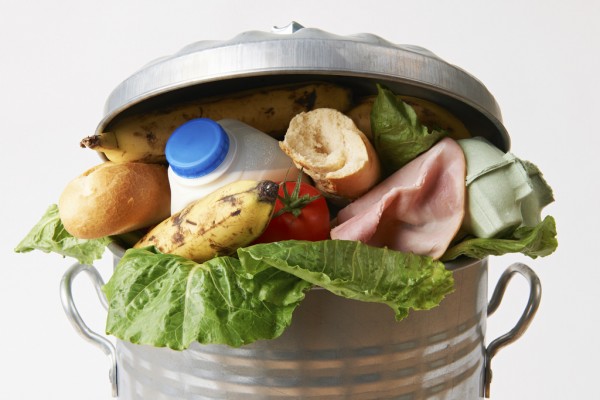The myth of “substantial equivalence” of GM crops shown to be false
07/18/2018 / By Vicki Batts
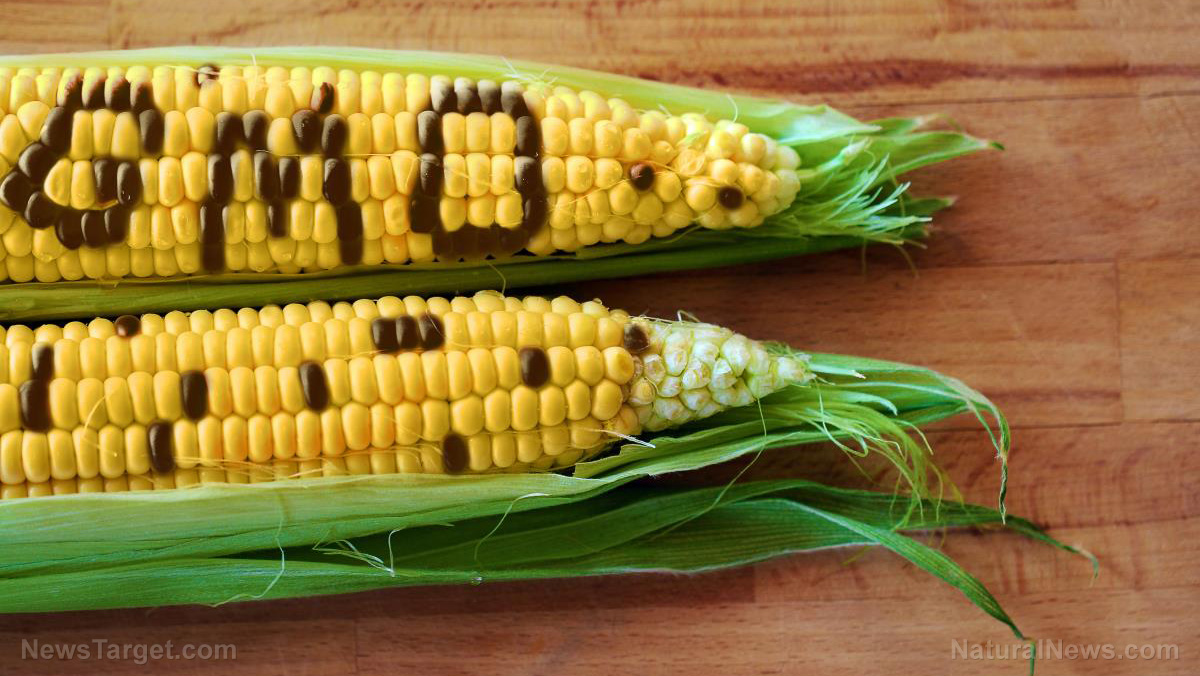
Are genetically modified crops actually equivalent to real food? New research has shown the answer to that question is an emphatic “no.” Despite Big Biotech’s claims that their GMO crops are “the same” as regular, traditionally cultivated crops, dramatic differences in phenotypes show that this assertion is simply untrue. While many people have long suspected that GMOs were not the “better” versions of traditional crops that they’ve been made out to be, science continues to provide proof that GMO skeptics aren’t just “crazy conspiracy theorists.”
Is it really that hard to believe crops engineered in a lab to suit the needs of the toxic pesticide industry aren’t the same as their traditional counterparts? For proponents of the GMO industry, reality can be hard to swallow. But what does the research say?
GMO crops aren’t the same, study finds
A team of researchers from Mexico City published their peer-reviewed meta-analysis in the journal Frontiers in Plant Science. The group studied genetic data from canola, maize, pumpkin, rice and sunflower plants. For their analysis, the team looked at phenotypes from wild, GMO and non-GMO cultivated plants.
Crop phenotypes are laid out by a set of traits expressed by the plant’s genetic code, or DNA. “In theory, genetically engineered plants will show phenotypic changes only linked to the traits that scientists added to the GMO in the hope that they will be expressed. For example, a corn plant engineered to express the Bt toxin should not be different from normal corn in other ways,” sources explain.
But just because things should be a certain way, doesn’t mean they are. Genetics are a funny thing; one small change can lead to other, unintended outcomes.
Of the crops examined by the researchers, maize, pumpkin and rice expressed the most dramatic deviations between GMO and non-GMO varieties — including major differences in plant height, pollen viability, days to flowering, and the number of seeds or fruit.
In fact, the team reported that their analysis of GMO and non-GMO maize, pumpkin and rice, “almost all analyzed traits differ statistically.”
The shocking rift between GMO and non-GMO crops has raised serious questions about the myth of “substantial equivalence” in genetically modified crops. The unintended consequences of genetic engineering are no doubt a dark cloud over the regulatory claims that they are similar enough. This is not the first study to highlight the fact that GMOs are not the “same” as their non-GMO parent crops: A study from King’s College London shared similar findings of GMO corn in 2016.
The myth of GMO safety
Under the assurance of “substantial equivalence,” GMO advocates have claimed that the safety of their test-tube food is virtually unquestionable. And under Big Biotech’s dogma, daring to express the slightest doubts about their cash crops is an automatic offense — and skeptics are branded as “anti-science” loons. But as the above research shows, the GMO industry isn’t so infallible after all. Indeed, there are many unintended changes that take place in GMO plants — which should inherently raise questions about the actual safety of these “crops.”
There are many reasons to suspect that GMO safety has been wildly overstated. As Natural News writer Isabelle Z. recently reported, ” a 2009 systematic review of GM food toxicological studies found that most of the foods studied could cause pancreatic, reproductive, hepatic and renal effects and could alter biochemical, immunologic and hematological parameters in unknown ways.”
Many other studies have found cracks within the “GMO safety” facade, though it seems the bulk of the science on GMO dangers has been buried by the industry. Check out GMO.news for more coverage of GMO truth.
Sources for this article include:
Tagged Under: biotech, food, food safety, food science, genetic modification, GMO crops, GMOs, plant science, science

